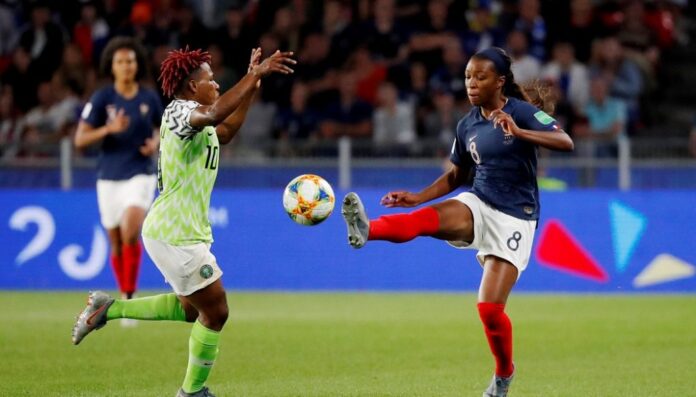Football, often dubbed the ‘beautiful game’, stands as a testament to human passion, strategy, and physical prowess. It has been a cherished sport, capturing imaginations and evoking emotions from bustling cities to the most remote villages for well over a century. As the world around us has evolved, so has the game. In today’s digital age, technology is no longer a distant concept but has intertwined itself seamlessly into the very fabric of football.
This integration is profoundly evident in women’s football, where technology has ushered in transformative changes. From influencing on-field decisions to optimizing player performance and redefining fan engagement, the digital wave is setting new paradigms, ensuring that the game is not only played and watched differently but celebrated with a renewed fervor.
Tech on the Field
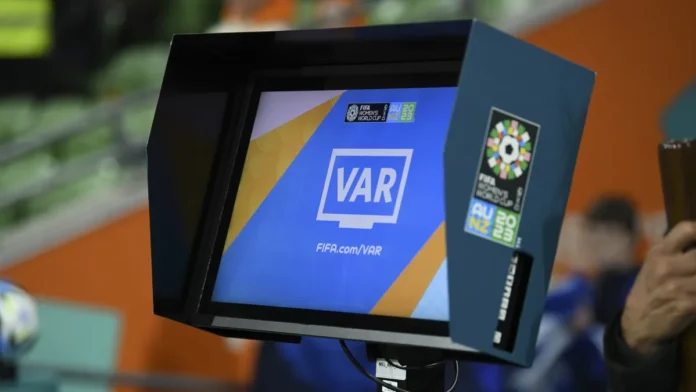
The realm of football has witnessed numerous technological advancements that have transformed the dynamics of the game. One of the most groundbreaking introductions has undoubtedly been the Video Assistant Referee (VAR). Introduced amidst a cloud of doubts and debates, VAR has since solidified its role in shaping the trajectory of matches. Its impact is felt as it aids referees in making pivotal game decisions, be it determining the fine line of offsides or dissecting intricate moments to assess potential fouls. Though it’s not free from its share of controversies, the overarching objective remains clear: ensuring a more just and fairer game for all involved.
Complementing VAR, goal-line technology has emerged as the definitive answer to one of football’s most contentious questions: was it a goal or not? By harnessing the power of high-speed cameras coupled with sophisticated magnetic fields, this technology provides indisputable evidence. It acts as the silent judge, ensuring teams are rightfully awarded their goals and, in the process, mitigating human error from such game-changing moments.
Training and Performance
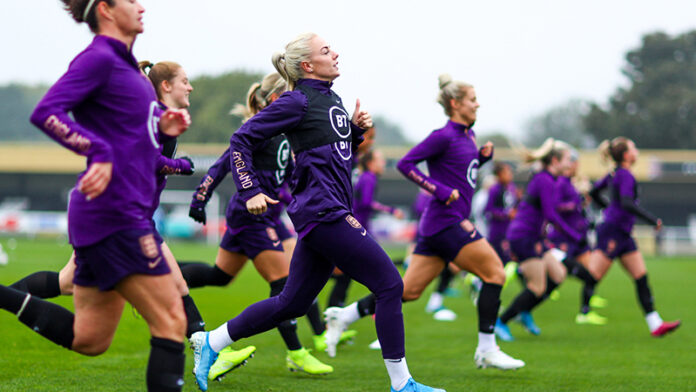
In the backdrop of competitive football, the quest for excellence never ceases. The advent of wearable technology has been a game-changer, ushering in a new era of sophisticated player training. From GPS trackers mapping every sprint and halt to heart rate monitors deciphering a player’s endurance, wearables have become silent sentinels, gathering invaluable data. This plethora of information equips coaches to dissect a player’s speed, the expanse of ground covered, and the nuances of their physical well-being. With these insights, training regimes can be meticulously tailored, striking a balance to ensure players are primed for peak performance without the risks of burnout.
Venturing further into the digital domain, Virtual Reality (VR) emerges as the next significant leap. More teams are harnessing VR’s potential to recreate match-like scenarios, thereby creating a sandbox for players to hone their decision-making skills. This technology is especially transformative for goalkeepers, for whom VR sessions can replicate the adrenaline of split-second decisions, refining both their reflexes and game-day strategies.
Fan Engagement
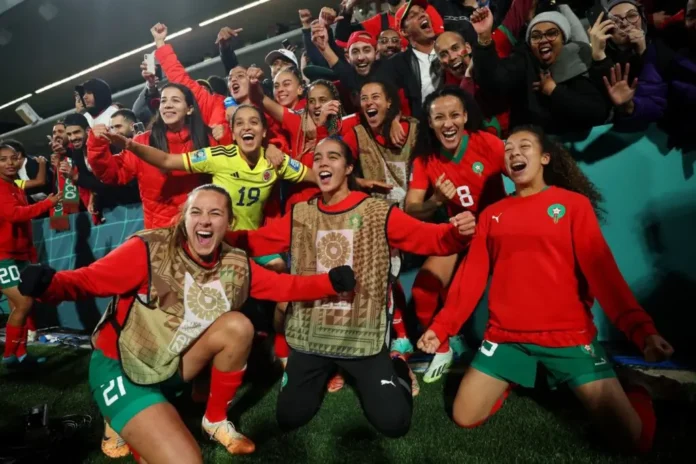
The digital age has fundamentally transformed how fans connect with the world of football. Streaming platforms, with their boundless reach, have shattered geographical barriers that once limited access to women’s football. These platforms are more than just a broadcasting tool; they’ve democratized the game. Whether you’re nestled in a cafe in Paris or on a beach in Bali, you can now immerse yourself in a match unfolding thousands of miles away in London. The local cable constraints of yesteryears are long gone, replaced by a global digital theater.
Parallel to this, social media platforms have become the new stadiums, bustling with interactions. Platforms like X (Twitter), Instagram, and TikTok serve as windows into the lives of players beyond the ninety minutes on the pitch. Through candid behind-the-scenes moments, interactive Q&A sessions, and insightful interviews, fans gain a more intimate understanding of their footballing heroes. This virtual proximity fosters a profound connection, making the relationship between players and their global fan base more personal and robust than ever before.
Looking Forward
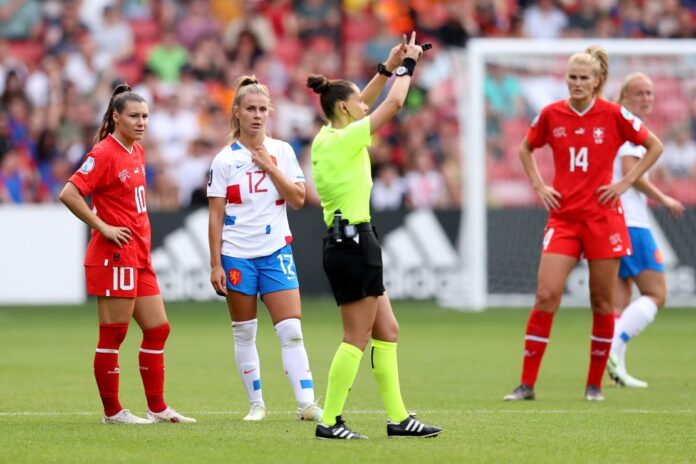
As we peer into the future of women’s football, new technologies loom on the horizon. AI-driven analytics might soon predict player injuries before they happen, ensuring early intervention. Drones might offer unique camera angles for match broadcasts, giving fans a bird’s eye view of the action.
Furthermore, augmented reality could revolutionize stadium experiences, overlaying stats, and insights onto the live game when viewed through smart glasses or even mobile devices. Imagine watching a game and seeing real-time player stats floating beside them as they make a run down the pitch!
The profound intertwining of technology and women’s football is emblematic of how far the sport has journeyed. At its core, football remains an emotional tapestry woven by its players, passionate fans, and the myriad moments that make us cheer, weep, or hold our breaths in anticipation. Yet, technology has emerged as an invaluable ally, amplifying these emotions by ensuring justice on the field, refining athletic prowess, and bridging distances between fans and their beloved teams. As we stand on this juncture of tradition and innovation, and wholeheartedly embrace the technological advancements, the ‘beautiful game’ is poised to scale even greater heights, offering an even more riveting spectacle for generations to come.
In conclusion, the symbiotic relationship between technology and women’s football is on a continuous and transformative trajectory. From the introduction of Video Assistant Referee (VAR) and goal-line technology, enhancing on-field decisions, to wearable tech optimizing player performance and virtual reality refining training regimes, the impact of technology is undeniable. Moreover, the digital age has empowered fans globally, transcending geographical barriers through streaming platforms and fostering a deeper connection with players via social media.
Looking ahead, the integration of AI-driven analytics, drones offering innovative camera angles, and augmented reality enhancing stadium experiences are poised to redefine the landscape of women’s football. Technology’s role is not to overshadow the essence of the ‘beautiful game’ but to augment and enrich it, ensuring a more just and compelling spectacle for generations to come. As women’s football continues to evolve, embracing these technological advancements will undoubtedly propel the sport to even greater heights, captivating audiences and inspiring a new era of athletes and enthusiasts alike.

